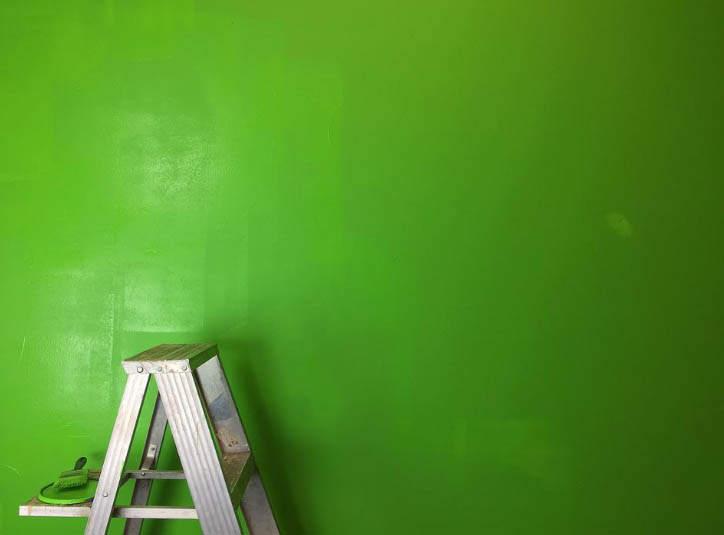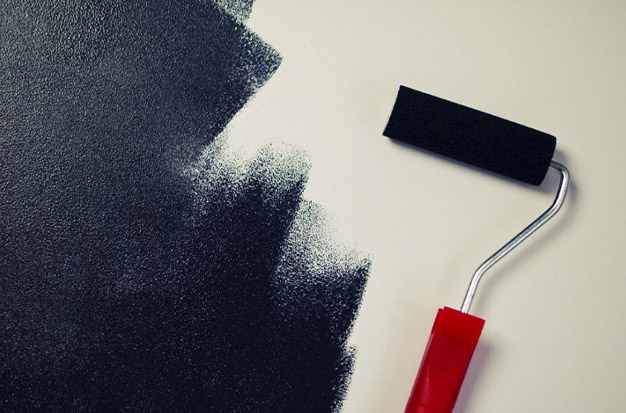One reason many artists adore acrylic paint is that it dries quickly! When we discover that this area is still wet a week later, we frequently need to accelerate the drying process. For this reason, I was looking for practical strategies to hasten the drying of acrylic paint.
Setting up a warm, dry workspace is the first step in hastening the drying of acrylic paint. Next, applying thin layers and avoiding adding any slow-drying mediums or even too much water are other steps. Your acrylics’ drying time can also be influenced by the brand and quality of the paint.
What Is Acrylic Paint?
For instance, acrylic paint, a current favorite of M. Graham, is a pigment that uses a synthetic resin (also known as a polymer) as the binding agent. You can blend the paint and water when it’s wet. However, as soon as it dries, it is water-resistant. A coating of resin (polymer molecules) with a high concentration of pigment forms into a solid colored film as acrylic dries on your canvas and the water in it evaporates. For various effects and other purposes, dried acrylic often serves as a durable film that can be painted on in layers.
Any sufficiently matte surface can be painted with acrylic without issue. To prevent them from absorbing too much paint water and becoming damaged, we advise priming porous surfaces like a canvas with high-quality Gesso or something similar. Similar to how it is wise to prime glass or metal before applying acrylic to them. The paint will have a porous surface to adhere to in this manner, preventing peeling or cracking once it has dried.
How Long Does Acrylic Paint Take To Dry?
Artist-grade acrylic typically requires 20 to 30 minutes to touch dry when applied thinly. Depending on your painting environment, thicker layers will take 1-2 hours.
In a cool, well-ventilated environment, acrylic paint fully cures in 6 to 12 hours.
In actuality, any painting can be finished in 20 to 30 minutes. However, use one of the techniques I suggest if you are still having problems with your paint and the drying process.
How to Get Paint to Dry Faster?
Tip 1: Open The Windows
- The three main factors that affect how quickly paint dries are temperature, humidity, and airflow.
- Open the windows in the area you’re painting to control all three, but watch out that the outside air isn’t more humid than the inside.
- For your painting project, try to pick the warmest, driest day of the week.
Tip 2: Try A Fan Increase Air Flow
This advice may seem obvious, but it really helps to speed up the painting process. Make sure there is adequate, reliable airflow in the room before you even begin painting. After you’ve finished painting, make sure to continue that as well. All areas of a wall, as opposed to just one section, will dry out more quickly with good air circulation. To add some much-needed air movement and ventilate the rooms to get rid of fumes, turn on a few fans and open the windows and doors.
Tip 3: Try A Fan
If you’ve ever questioned, “Can you use a fan to dry paint?” Yes, a fan can help circulate air in your painting space. To hasten the drying process, use an overhead or free-standing fan. Just make sure it’s placed correctly.
Tip 4: Control Humidity
Circulation and humidity are closely related. Your paint will dry more quickly because better circulation means less humidity.
In addition, lower humidity aids in avoiding paint drips that would otherwise damage the finish.
Tip 5: Apply Light Coats
Avoid packing your brush with too much paint and make sure to apply each coat evenly and lightly. On horizontal surfaces, it can be particularly simple to overapply paint. Over-painting will delay painting your second coat in addition to prolonging drying time.

Why Does Acrylic Paint Dry So Quickly?
The base of acrylic paint is water. Evaporation of water and other substances occurs during the drying process for acrylic paint. According to it, acrylics dry more quickly in hotter environments. Acrylic paint dries in stages as follows: wet paint while we’re painting, touch dry (20-30 minutes after applying thin layer), and fully cured, solid (up to 12-24 hours). The aging process for acrylic paint then begins. You will feel confident and liberated to experiment even with a simple understanding of why and how your paint functions.
Should You Sleep In A Recently Painted Room?
In your newly painted room, should you spend the night? No, all paints contain solvents made of mineral oil, even the safer water-based varieties. Even brief contact with these solvents can cause irritation, especially when it comes to open mucous membranes like the mouth or eyes.
Because you breathe more slowly and deeply while you sleep, you are significantly more exposed to solvent fumes. Your body’s response to the fumes can be much more severe at this level of exposure, resulting in symptoms like headaches, nausea, dizziness, respiratory problems, and in some extreme cases, even death.
Conclusion
Using the five suggestions above, you can broaden your understanding of how to speed up the drying of the paint. Your paint jobs will go more smoothly and quickly as a result, and all of your upcoming painting projects will be carried out more intelligently as a result.





